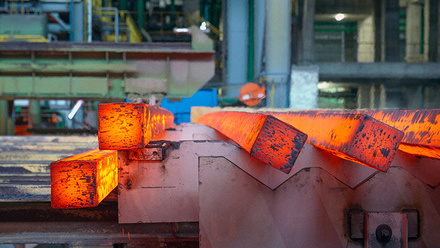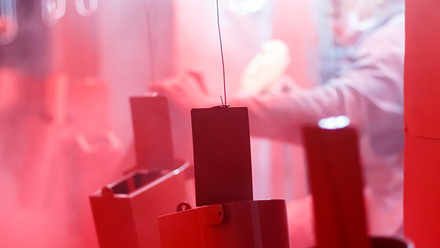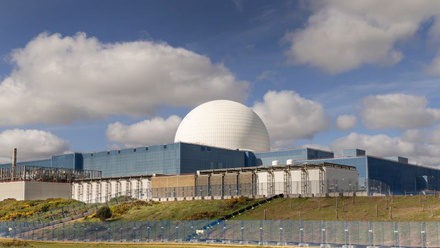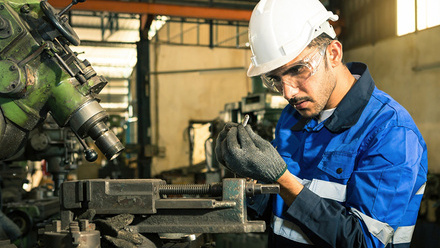Remanufacture of dies for metal production
A low-cost remanufacturing solution could extend the life of dies to shape metal during production by 120%, helping UK manufacturers to embrace the circular economy, boost sustainability and save costs, say researchers.
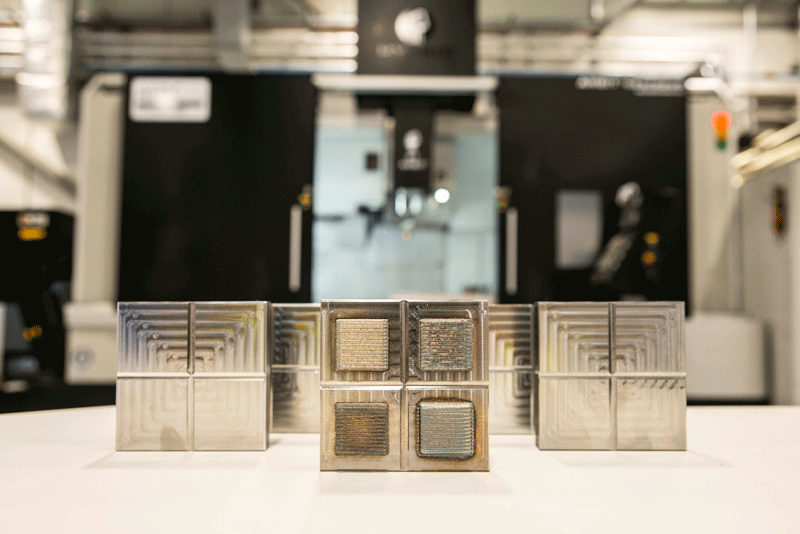
The process has been developed by the National Manufacturing Institute Scotland (NMIS), UK, which is operated by the University of Strathclyde and is part of the High Value Manufacturing Catapult. Project partners include Toolroom Technology Limited, Applied Tech Systems, Hybrid Manufacturing Technologies, INSPHERE Ltd and Kimber Mills International.
The two-year £1.2mln project, called DigiTool, is part funded by Innovate UK and focuses on the remanufacture of dies, which are commonly used across the hot forging, stamp and press, moulding, and oil and gas industries to shape metal during production, but are typically subject to high costs and long manufacturing lead times.
The framework incorporates a three-stage process using a hybrid platform that combines additive manufacturing and machining and can be retrofitted to a legacy machine tool.
‘The idea was to use laser metal deposition with powder (LMD-p) technology to repair worn forging dies,’ says Stephen Fitzpatrick, Machining and Additive Manufacturing Team Lead at NMIS.
Fitzpatrick explains that die repair is normally achieved by welding and requires large-scale equipment. While this process is also detrimental to die substrate, LMD-p uses blown powder with a laser melt pool that is shallow compared to welding, so has a lower impact on die substrate.
Fitzpatrick explains, ‘We retrofit a three-axis computer numerical control (CNC) milling machine with LMD-p hardware to allow removal of worn areas of dies, deposit hard-facing alloy in cut areas and machine to final geometry.
‘In terms of the material used, we selected likely candidate materials available for LMD-p which would give hard wearing, machinable surfaces. The die material was H13 tool steel, and the cladding (repair material) was Metcoclad 21.’
He continues, ‘[At] stage one, we scan the die for wear – the laser scanner finds areas deviating from the original design condition. [At stage two], we then machine the worn die areas in preparation for LMD-p deposition. Finally, LMD-p hard facing cobalt alloy (Metcoclad 21) is used to fill worn areas with sufficient material, allowing for CNC machining to achieve the desired final geometry.’
To test the method, repaired dies have been used in a production run with a forging partner. The results show that die life exceeds the original H13 tool steel die, producing more parts by 108%.
The retrofitted hybrid system at NMIS is also said to demonstrate:
- Reduction in material wastage during re/manufacturing or repair.
- Lower lead times to replace worn parts.
- Significant reduction in energy consumption due to the hybrid nature of the process.
- Promising circular economy approach.
- Improved tool life enhancing functional material performance.
The researchers report that the technique is already in use in production environments to repair metallic components and is ideal for small-scale intricate geometry repairs with a large selections of alloys available. The laser head can be installed on large-scale CNC as required, allowing for a low-cost retrofit.



